
Culture
13:48, 17-Feb-2018
Chinese paper-cuts: A Spring Festival tradition
CGTN
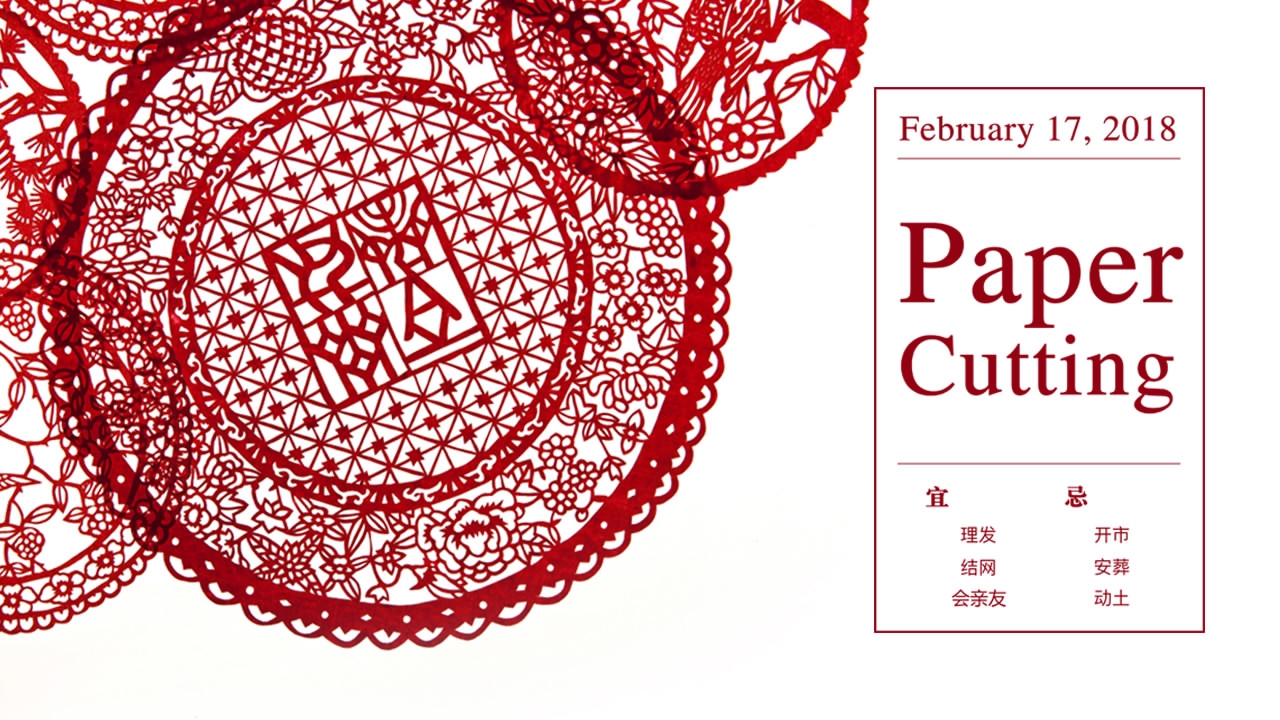
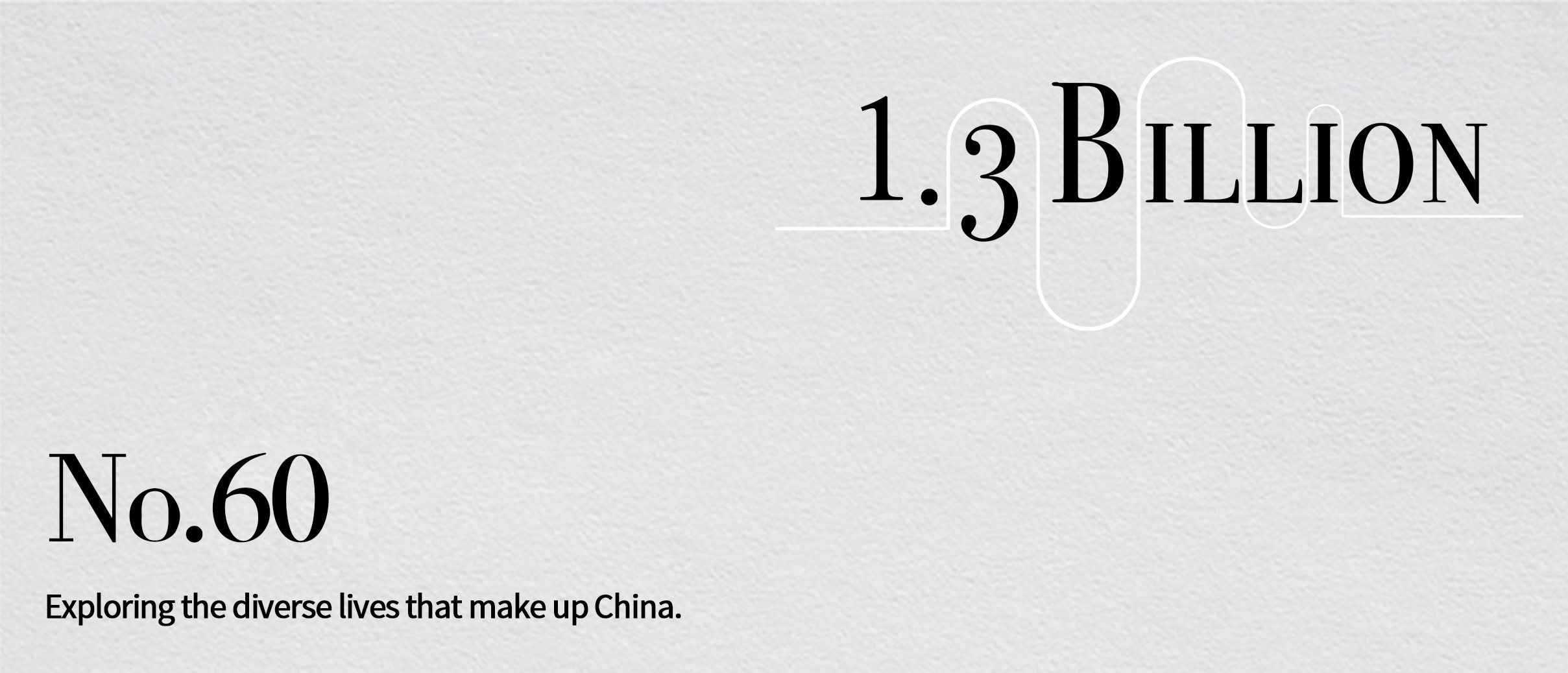
CGTN
CGTN
What is the "taste" of Spring Festival?
For most Chinese, it means red lanterns at the doors, lucky characters on the walls and paper-cuts on the panes.
For people in Yu County, Hebei Province, their special paper-cuts are an indispensable tradition during the Chinese New Year.
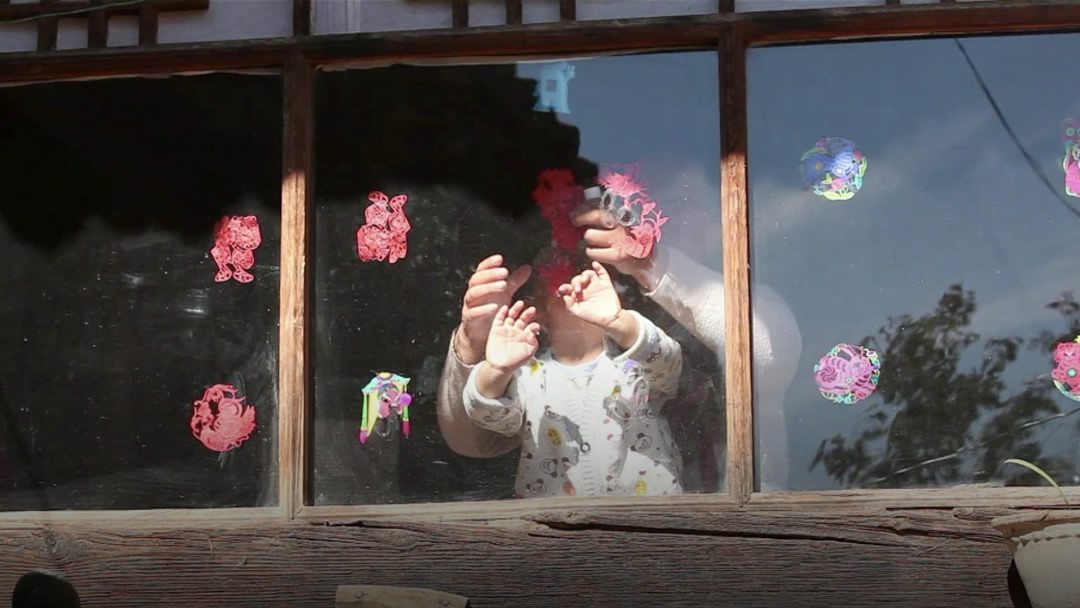
CGTN Photo
CGTN Photo
Zhang Haiquan, 56, is the fifth-generation leader of the northern school for Yu County paper-cutting. He has been crafting his designs for over 40 years.
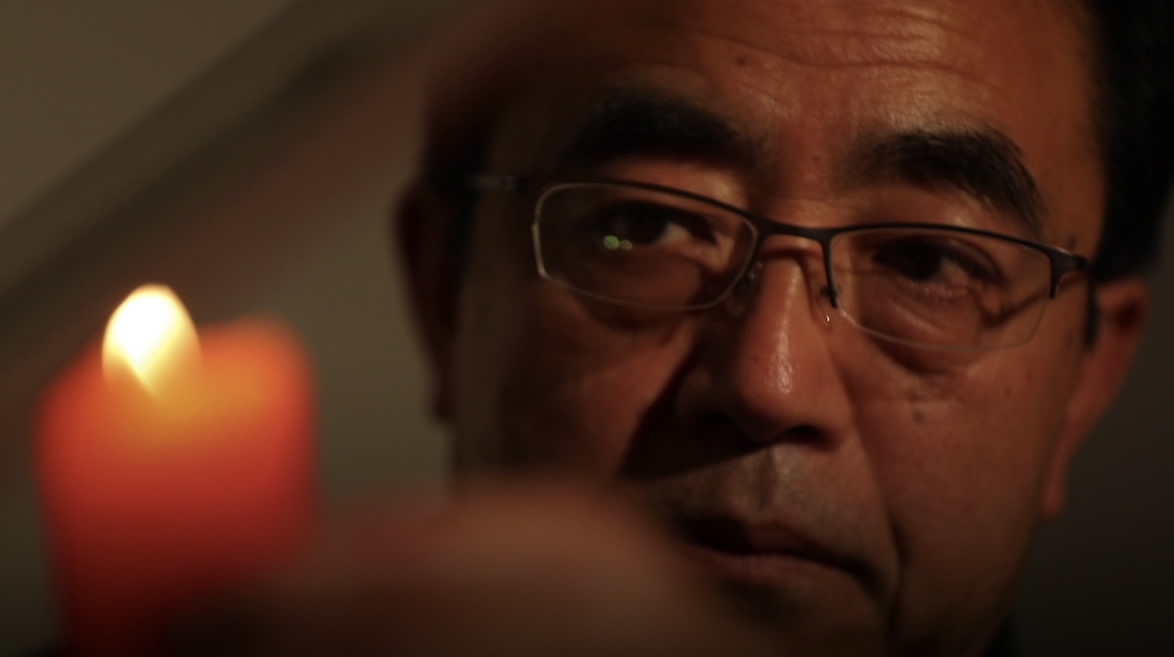
Zhang Haiquan /By CGTN
Zhang Haiquan /By CGTN
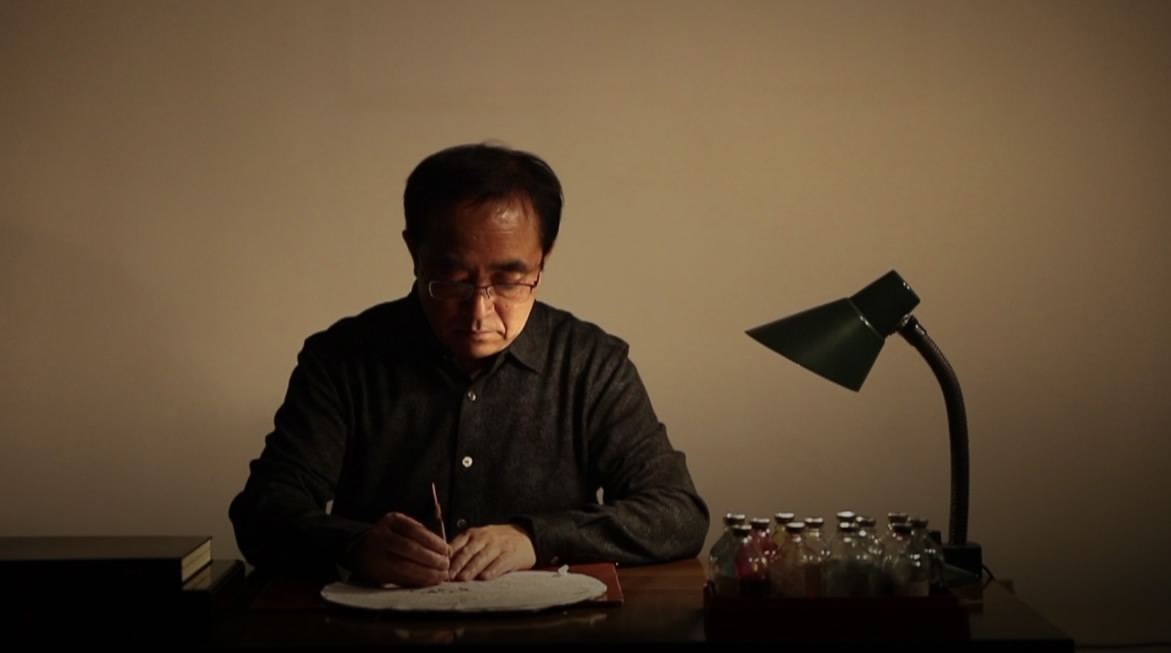
Zhang Haiquan /By CGTN
Zhang Haiquan /By CGTN
Zhang's childhood memories are filled with paper-cuts.
"My friends and I would make the paper-cuts and sell them to buy firecrackers."
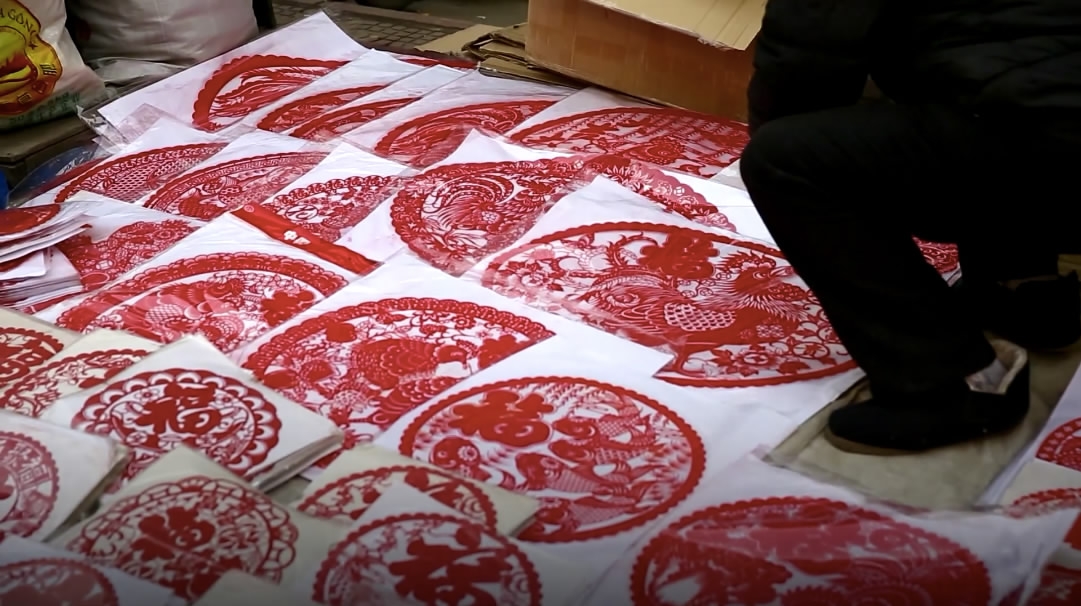
TCGTN Photo
TCGTN Photo
Now, he is happy to share his artwork with families and friends, sending his best wishes for the Spring Festival.
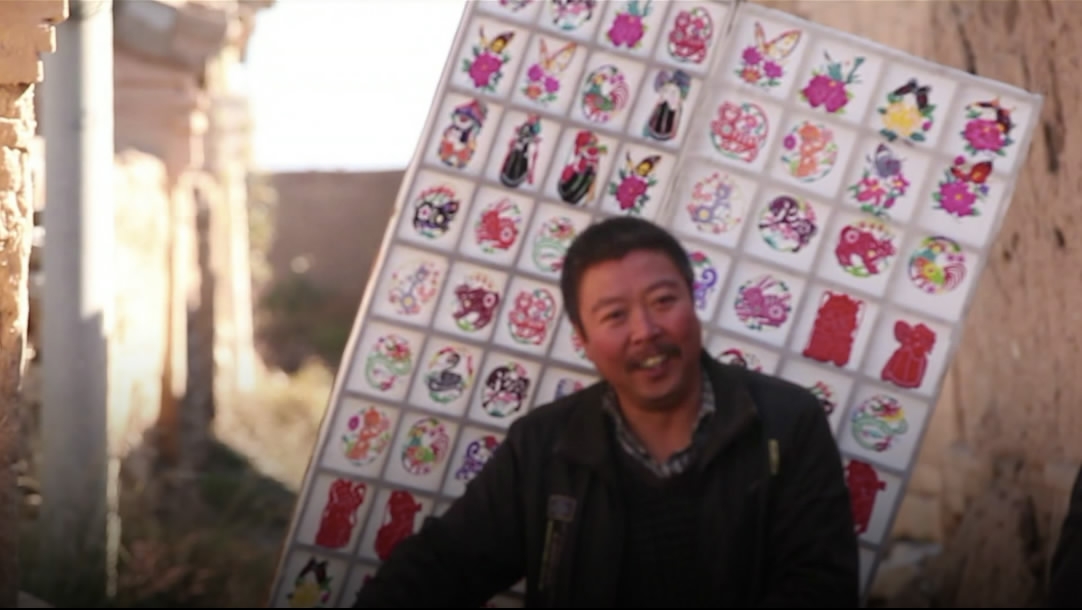
CGTN Photo
CGTN Photo
Dating back to the 6th century, the art form is a traditional handicraft that involves cutting elaborate designs into paper. It plays an important role in Chinese festivals and ethnic activities. The cultural connotations have made it one of the richest Chinese folk arts.
Opera characters, historical tales, flora and fauna, landscape scenery, lucky patterns and activities from our daily lives all become the subjects of paper-cuts that grace window panes across China during the Spring Festival. It enhances the festive atmosphere, and conveys good wishes for the next year.
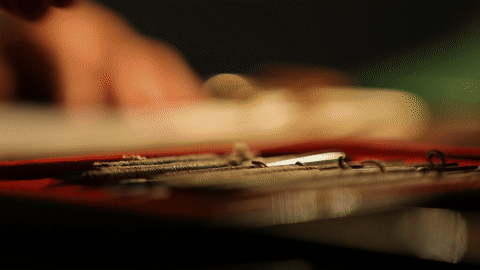
CGTN Photo
CGTN Photo
Paper-cuts in Yu County, which are actually more of a carving, date back to the Ming Dynasty (A.D. 1368-1644).
"The Yu style paper-cut demands that 'the knife go with your imagination, and the hand with your heart.' It reflects the spirit and essence of the figures," Zhang says.
"Another feature of Yu County paper-cuts is detailed dyeing. A certain proportion of alcohol creates a better contrast."
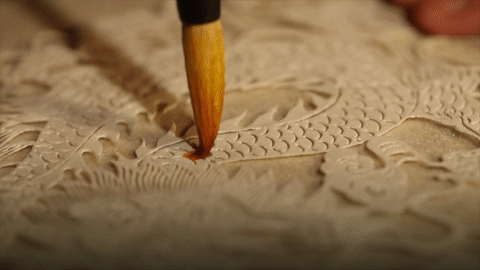
CGTN Photo
CGTN Photo
Learning from colored drawings, local craftsmen use sharp knives to carve on rice paper, before dyeing it with bright colors. With the rich compositions and vivid patterns, Yu County has developed its own style.
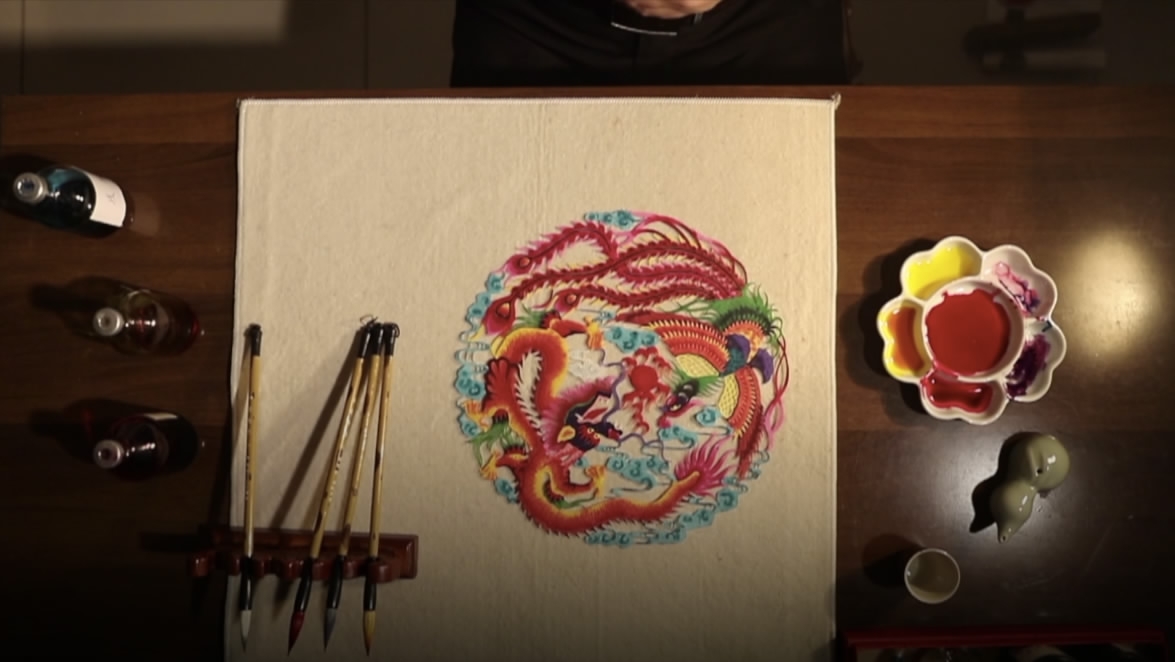
The work of Zhang Haiquan /By CGTN
The work of Zhang Haiquan /By CGTN
"Paper-cuts are for the festivals. I'd like to give some of my works to the lovely neighbors. It is endowed with the expectations for a better year. We should share the happy feelings with our family and friends."
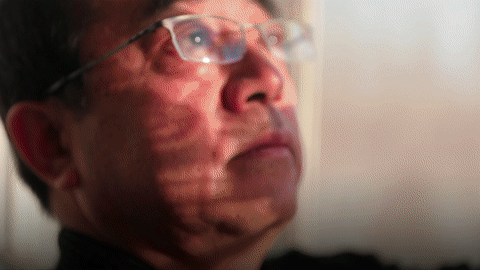
CGTN Photo
CGTN Photo
"Spring Festival is the time for family reunion. We hang the lanterns and paste the paper-cuts for window decoration. Our children are coming back for it. People are more than willing to be back home before New Year's Eve. I'm so happy when everybody is there for the reunion dinner."
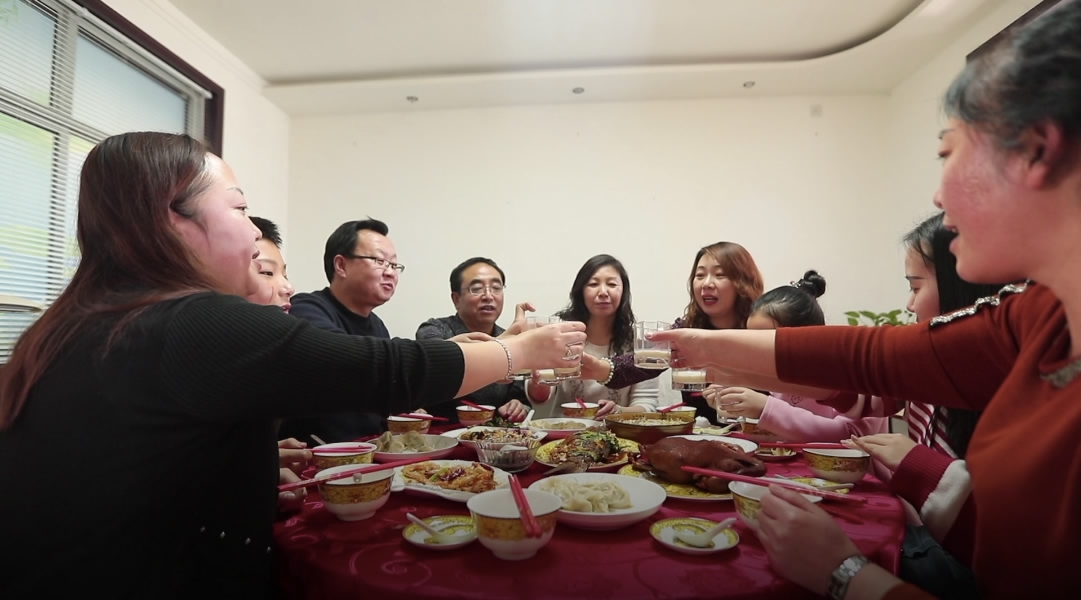
Family reunion /By CGTN
Family reunion /By CGTN
"When the Spring Festival came, people used to paste paper-cuts for window decoration, but that is now changing. The carving technique is making it more detailed and sophisticated. People would like to frame them to keep the festival feelings in the house."
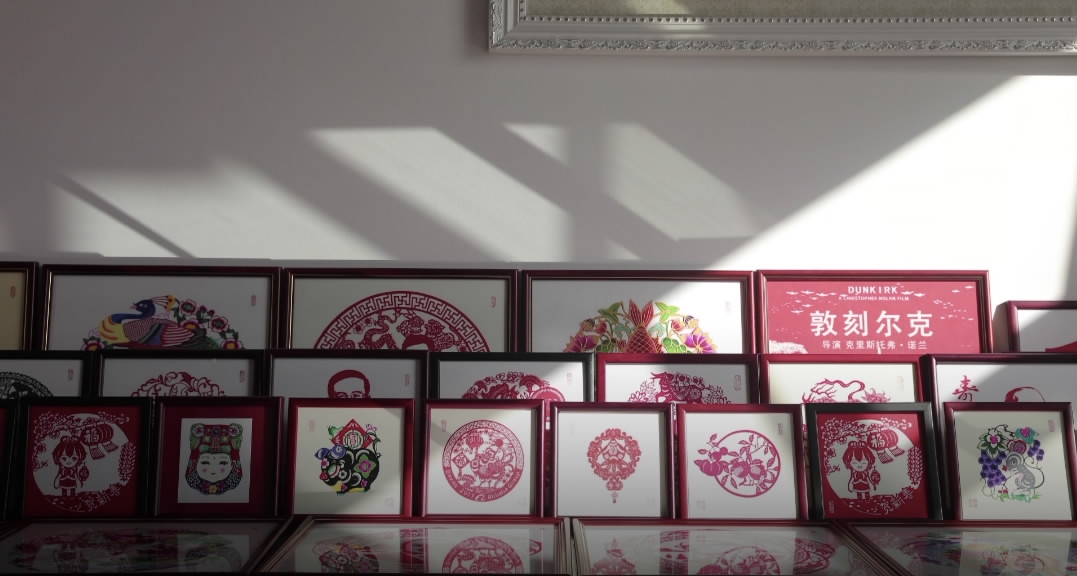
A display of Chinese paper-cuts /By CGTN
A display of Chinese paper-cuts /By CGTN
The "taste" of Spring Festival is a vague concept. Chinese linguist Ji Xianlin once said that "Spring Festival is like a wisp of smoke, or the mist in the mountains. It cannot be touched, nor be seen. But when it lays a finger on your heart, you will know that it is coming."
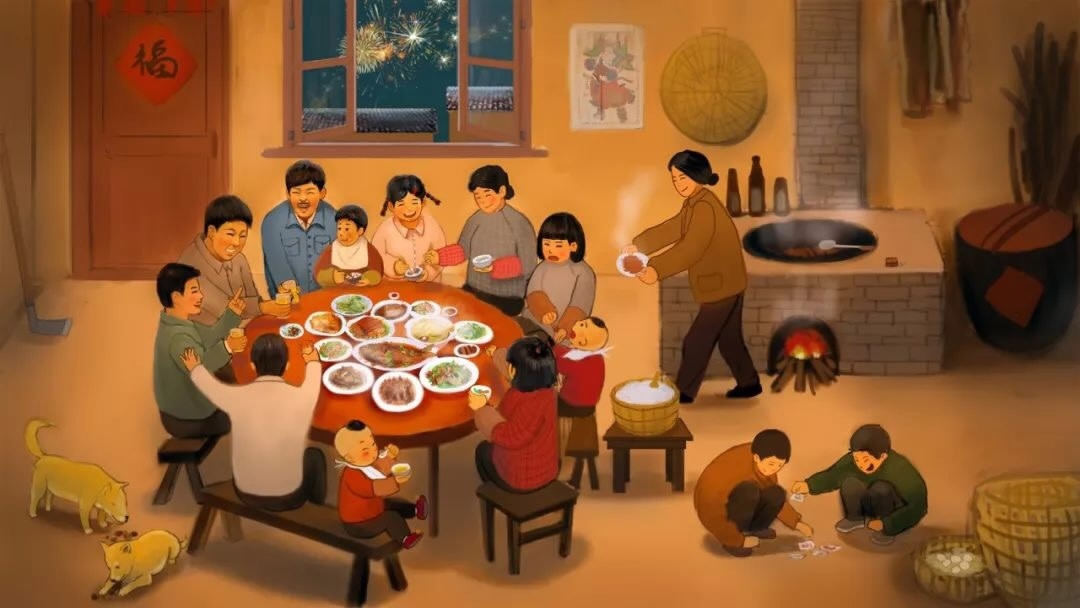
Family reunion dinner is a Spring Festival tradition. /Source: Nanfengchuang
Family reunion dinner is a Spring Festival tradition. /Source: Nanfengchuang
For Zhang, the paper-cut is just the "taste" of Spring Festival. It's his duty to preserve the tradition. That's what has kept him cutting for 40 years.
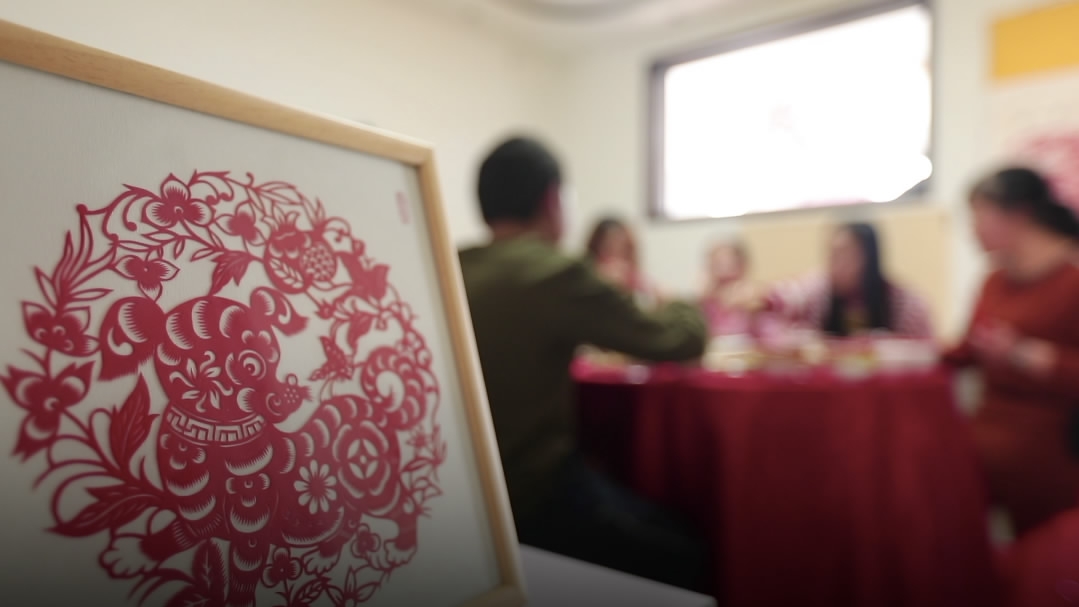
CGTN Photo
CGTN Photo
"From Chinese characters like 'xi (happiness),' animals and plants, to many complicated historical events, craftsmen are able to put almost everything in a single paper-cut."
"I think the paper carving is not only for the Spring Festival. It carries and conveys the hope for a better life, which is also the charm of this folk art."

CGTN Photo
CGTN Photo
Chinese paper-cutting is like the evergreen. It has become a wonderful symbol of Spring Festival for Chinese people because of its popularity, practicality and aesthetics.
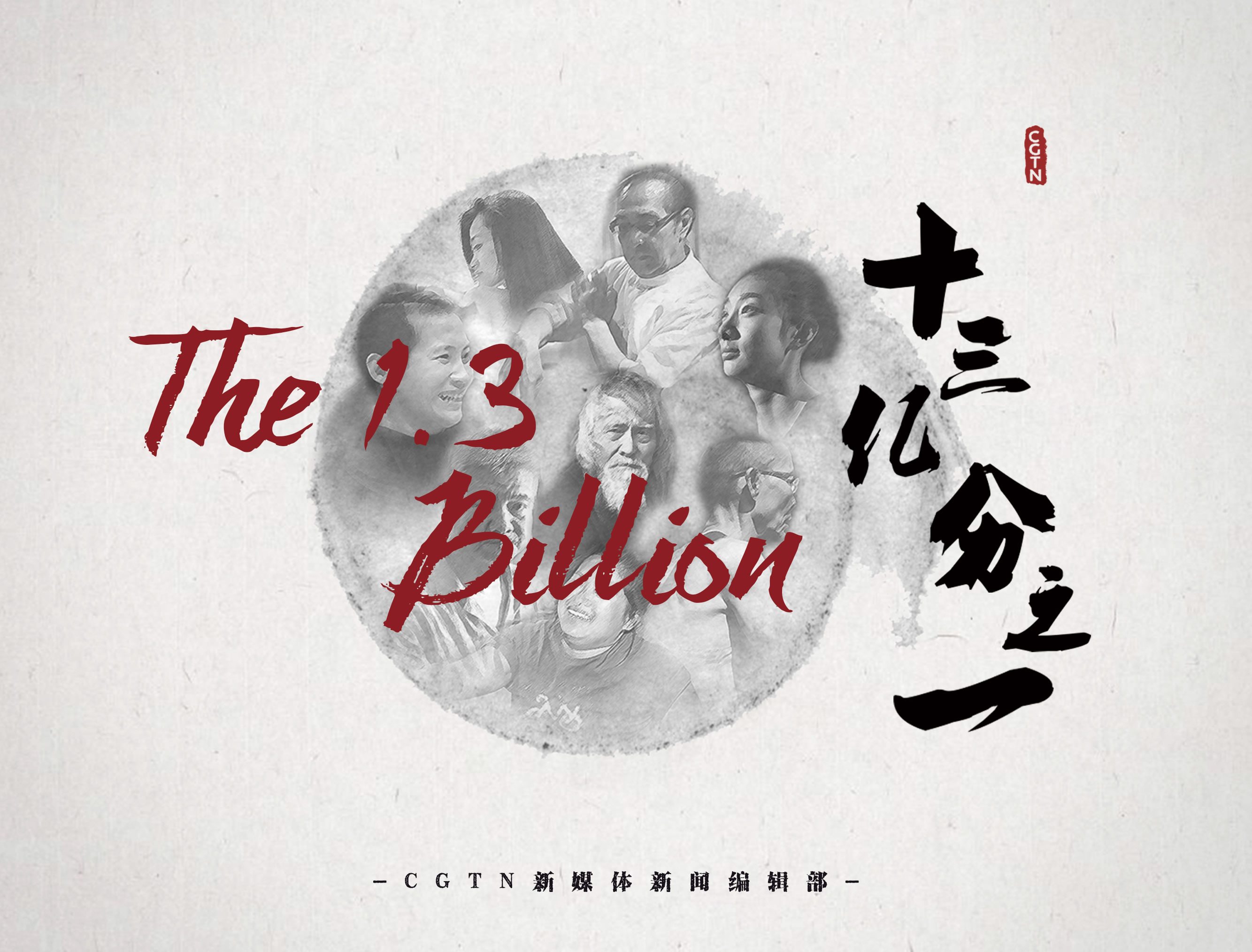
The story is one in The 1.3 Billion series exploring the diverse lives that make up China.
The story is one in The 1.3 Billion series exploring the diverse lives that make up China.

SITEMAP
Copyright © 2018 CGTN. Beijing ICP prepared NO.16065310-3
Copyright © 2018 CGTN. Beijing ICP prepared NO.16065310-3